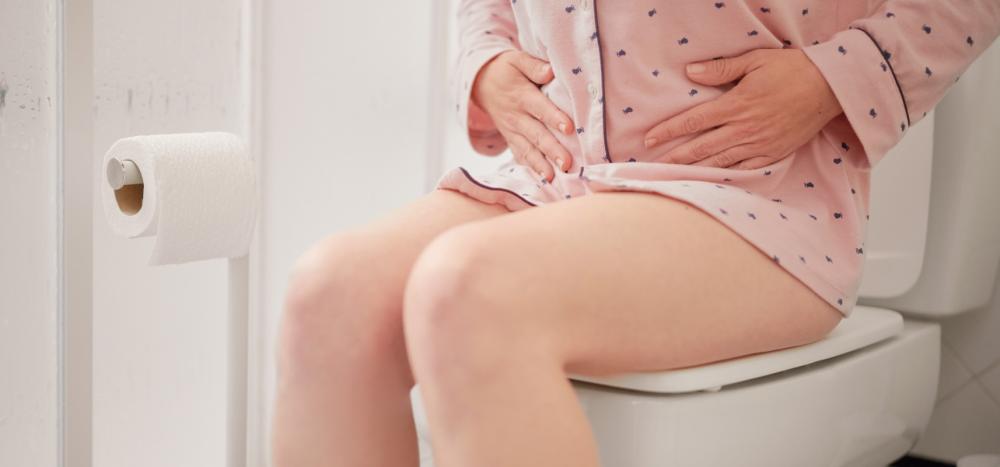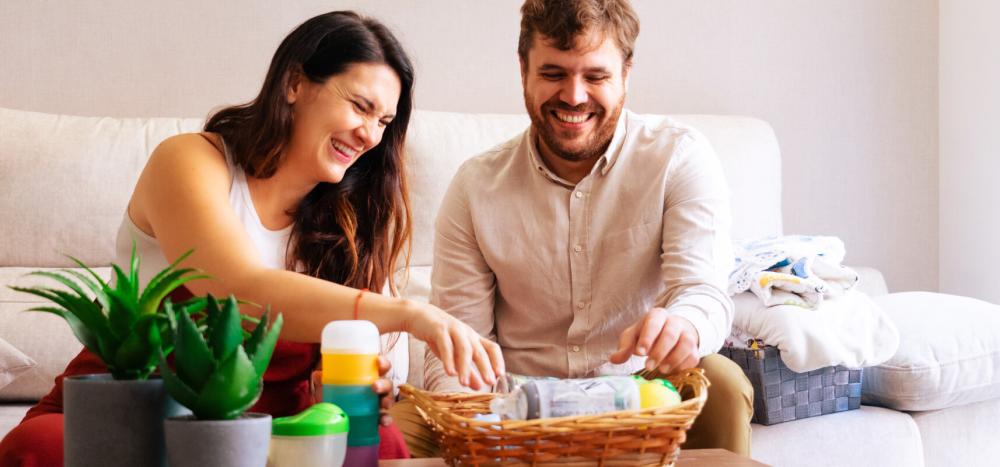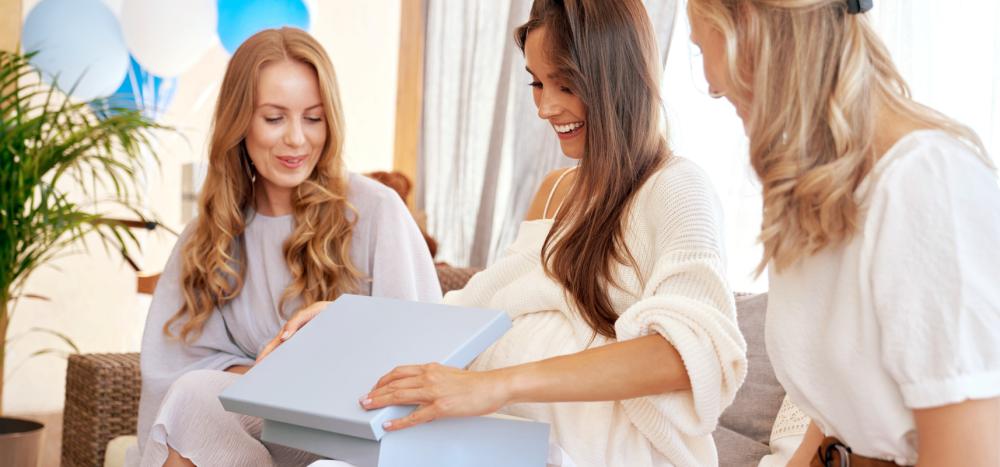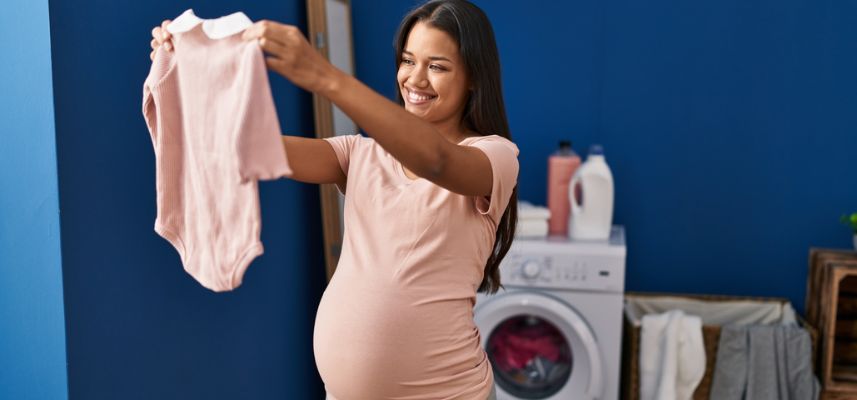Let's talk about something that many pregnant and postpartum moms experience but few feel comfortable discussing: urinary incontinence. Urinary incontinence is when a person can’t control their bladder, leading to accidental urine leakage. If you've found yourself dealing with unexpected leaks or rushing to the bathroom more frequently than ever before, you're not alone! Studies show between 35% and 67% of all pregnant women experience some form of urinary incontinence, and 15% to 45% experience urinary incontinence after delivery.
In this guide, we'll explore why these changes happen, what you can expect both during and after pregnancy, and most importantly: what you can do about it. From practical daily management strategies to long-term solutions, we're here to help you navigate this common but rarely discussed aspect of pregnancy and postpartum life.
IN THIS ARTICLE:
Understanding Pregnancy Incontinence
Postpartum Urinary Incontinence: What to Expect
Managing Urinary Incontinence During Pregnancy
Postpartum Recovery and Management
Postpartum Incontinence Survey Results
Pelvic Floor Health: The Foundation of Bladder Control
Understanding Pregnancy Incontinence
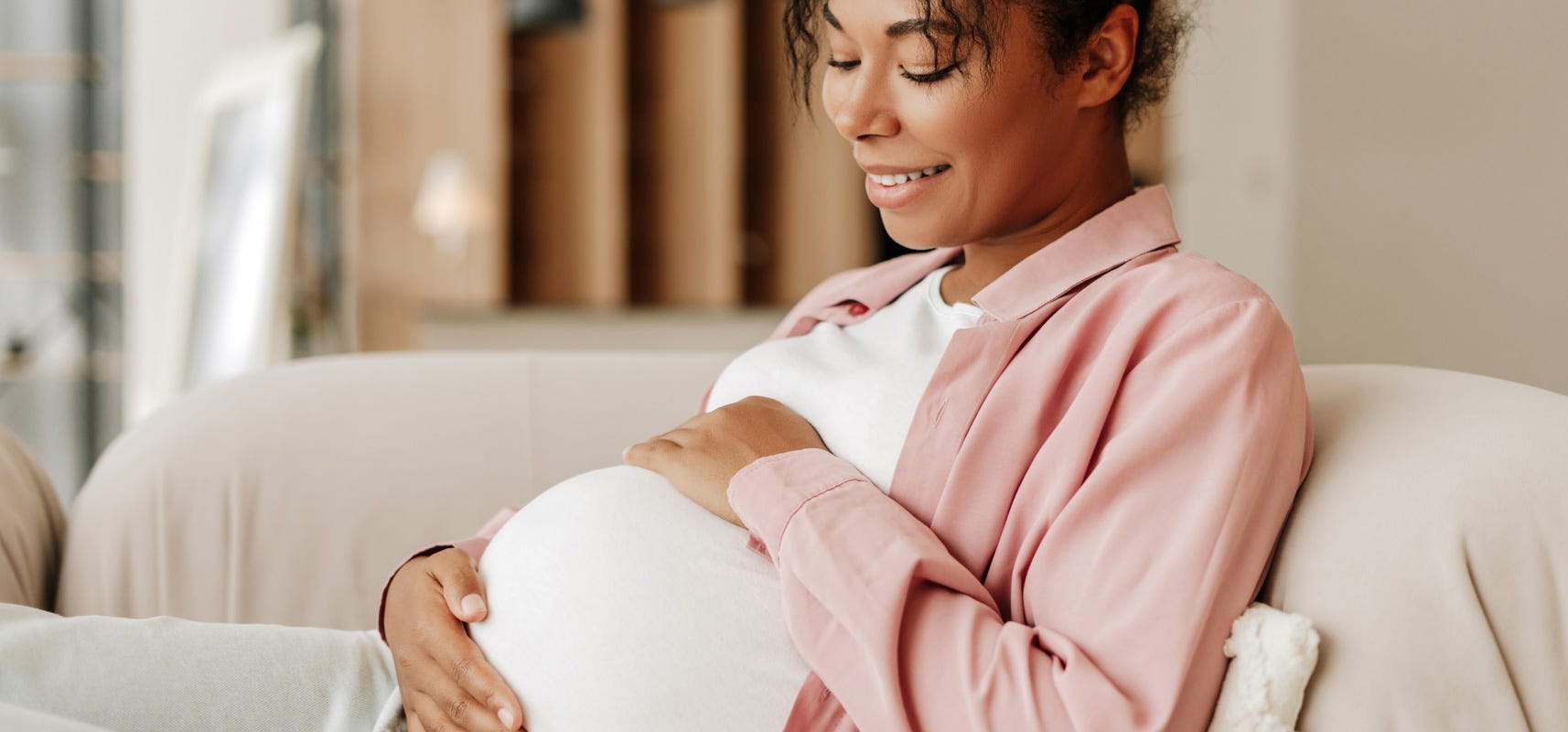

The changes your body undergoes during pregnancy can significantly impact your bladder control, and it's helpful to understand exactly why this happens.
What Causes Urinary Incontinence During Pregnancy?
Hormones: During pregnancy, your body experiences a complex series of hormonal shifts that affect nearly every system, including your urinary tract. The hormone relaxin, which helps prepare your body for childbirth, also relaxes the muscles and ligaments throughout your pelvis—including those that help maintain bladder control. Progesterone levels also rise during pregnancy, which can affect the muscles that control your bladder and urethra.
Physical Pressure: As your baby grows, they place increasing physical pressure on your bladder, which can lead to both increased urgency and decreased control. Your expanding uterus shifts your internal organs, including your bladder, while also compressing the muscles and tissues that typically help maintain continence (the ability to control bodily functions, particularly the bladder and bowels). This physical pressure tends to increase as your pregnancy progresses, which is why many women notice more frequent urinary incontinence in their second and third trimesters.
Changes to Pelvic Floor Muscles: Your pelvic floor muscles—which support your bladder, uterus, and bowels—bear increasing strain throughout your pregnancy. These muscles need to both support the growing weight of your baby and remain flexible enough to allow for delivery. This dual role can sometimes lead to weakening or dysfunction of the pelvic floor, contributing to bladder control issues.
Understanding these changes is crucial because it helps explain why simply "holding it tighter" isn't always possible or helpful! Your body is undergoing natural and necessary changes to prepare for birth.
Different Types of Urinary Incontinence
Different types of urinary incontinence can occur during pregnancy, and recognizing which type you're experiencing can help you better manage your symptoms.
Stress Incontinence: Stress incontinence is the most common type of urinary incontinence, experienced by over 60% of mamas dealing with pregnancy-related incontinence. Stress incontinence occurs when physical activities like sneezing, laughing, or exercising cause unexpected leaks.
Urge Incontinence: This involves sudden, intense needs to urinate that are difficult to control—it’s a "gotta go right now" feeling that seems to come out of nowhere.
Mixed Incontinence: It isn’t uncommon for pregnant women to experience mixed incontinence, which combines elements of both stress and urge incontinence.
Postpartum Urinary Incontinence: What to Expect
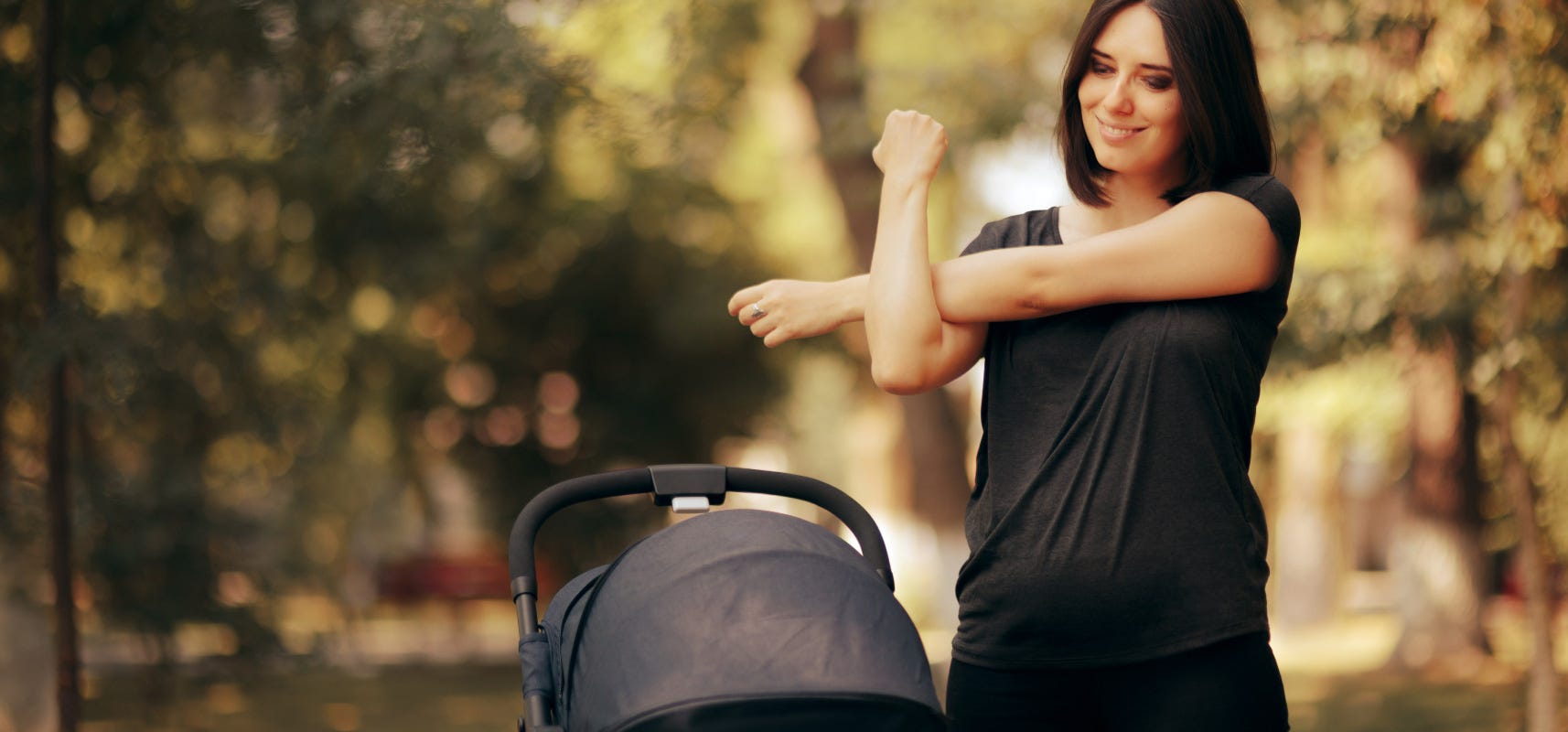

Many new moms are surprised to find that bladder control issues don't necessarily resolve immediately after delivery. The postpartum period brings its own set of challenges when it comes to using the restroom (speaking of which, check out our blog Preparing for Your First Postpartum Poo). Remember, mama: your body needs time to recover! And during this recovery period, which can last several months, you might continue to experience various degrees of incontinence as your pelvic floor and surrounding tissues heal and regain strength.
Postpartum Incontinence: Vaginal Delivery vs. Cesarean Section
Vaginal delivery can temporarily affect pelvic floor muscle strength due to stretching and potential trauma during birth. However, even with a cesarean delivery (commonly referred to as a C-section), you might still experience urinary issues. Remember, your body has still undergone months of pregnancy-related stress!
Recovery timelines can vary significantly between mamas, but many women notice gradual improvement in bladder control over the first six months postpartum. Talk to your healthcare provider about setting realistic expectations for your recovery and to know when additional support might be beneficial.
Managing Urinary Incontinence During Pregnancy
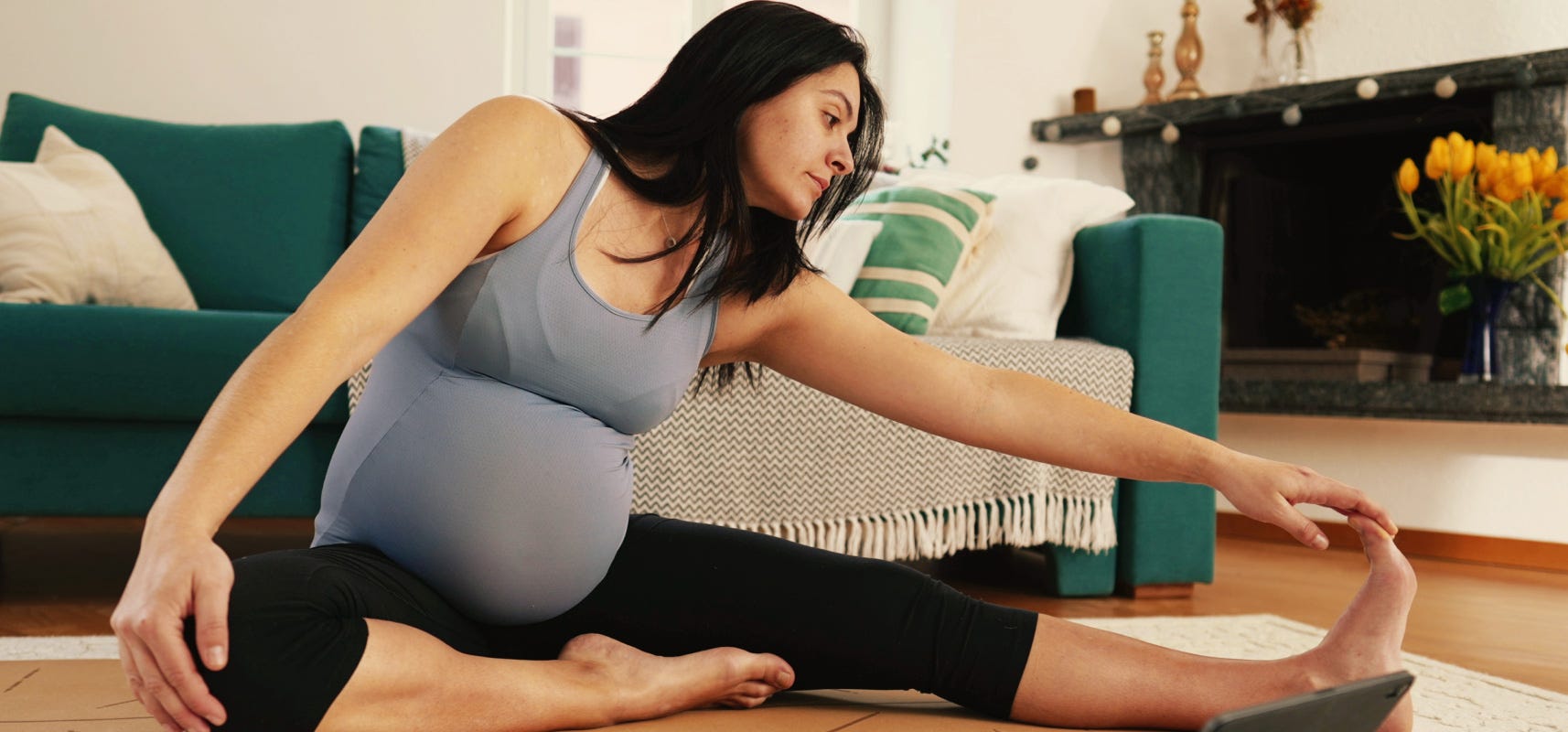

When it comes to day-to-day management of pregnancy-related incontinence, small changes can make a big difference in your comfort and confidence, mama! Start by establishing a consistent bathroom schedule, such as trying to urinate every 2-3 hours (even if you don't feel a strong urge). Proactive bladder training can help prevent emergency situations and reduce the likelihood of leaks. Additionally, consider keeping a symptom journal or downloading an app to track when leaks occur. This can help you identify and prepare for specific triggers like certain exercises, times of day, or activities.
Also, making small lifestyle adjustments can impact your bladder control during pregnancy. While staying hydrated is crucial for your health and your baby's development, you can strategically time your fluid intake. Consider drinking more during the early part of the day and reducing fluids in the evening to minimize nighttime bathroom trips. And while your mileage may vary, some mamas find it helpful to avoid potential bladder irritants like artificial sweeteners and acidic foods that might increase urgency or frequency.
Exercise during pregnancy is important, but you might need to modify your routine to accommodate bladder changes. High-impact activities like running that put extra pressure on your pelvic floor might need to be temporarily adjusted or replaced with more bladder-friendly options like swimming or prenatal yoga.
Don't forget to prepare for exercise by emptying your bladder beforehand and wearing appropriate protection if needed! Many active mamas find that wearing a liner or specialized incontinence product during workouts provides peace of mind and allows them to maintain their fitness routine comfortably.
Postpartum Recovery and Management
In the first few weeks after delivery, focus on gentle recovery techniques like pelvic floor awareness exercises and proper posture during daily activities. While you might be eager to "bounce back," remember that your body needs time to heal. Using the bathroom regularly, even if you don't feel a strong urge, can help prevent overflow incontinence that sometimes occurs when postpartum women have decreased bladder sensation.
Postpartum Incontinence Survey Results
Aeroflow Breastpumps recently surveyed over 1,000 moms to gain deeper insights into their experiences with postpartum incontinence—and here’s what we learned:
-
Nearly 85% of moms experience frequent bladder leaks, with 36% sharing they experience bladder leaks daily and 49% experiencing them weekly.
-
61% of moms struggle with incontinence longer than six months postpartum.
-
76% of moms experience bladder leakage during daily routine tasks, including sneezing, doing chores, and laughing.
-
Of this group, nearly half cited coughing and sneezing as the most common causes of postpartum bladder leakage.
-
Additionally, 3 out 4 moms reported daily activities were hindered by bladder leaks.
-
71% of mothers reported feeling anxious, stressed, and self-conscious because of their postpartum incontinence.
-
Fewer than 20% of new moms feel prepared to deal with postpartum incontinence.
-
86% wish they had received more resources from their healthcare providers to help manage their incontinence after giving birth.
-
75% of respondents feel that having more access to resources to help their incontinence would decrease their stress and anxiety.
-
Nearly all moms surveyed (95%) agree that more attention needs to be given to the bladder issues moms experience postpartum.
These results illustrate the struggles new mamas face in managing this condition and highlight the need for increased access to education and support around postpartum incontinence. At Aeroflow Breastpumps, we're committed to helping new and expecting moms understand the challenges that come with incontinence, navigate these results, and provide access to information on maintaining and improving pelvic floor health.
Pelvic Floor Health: The Foundation of Bladder Control
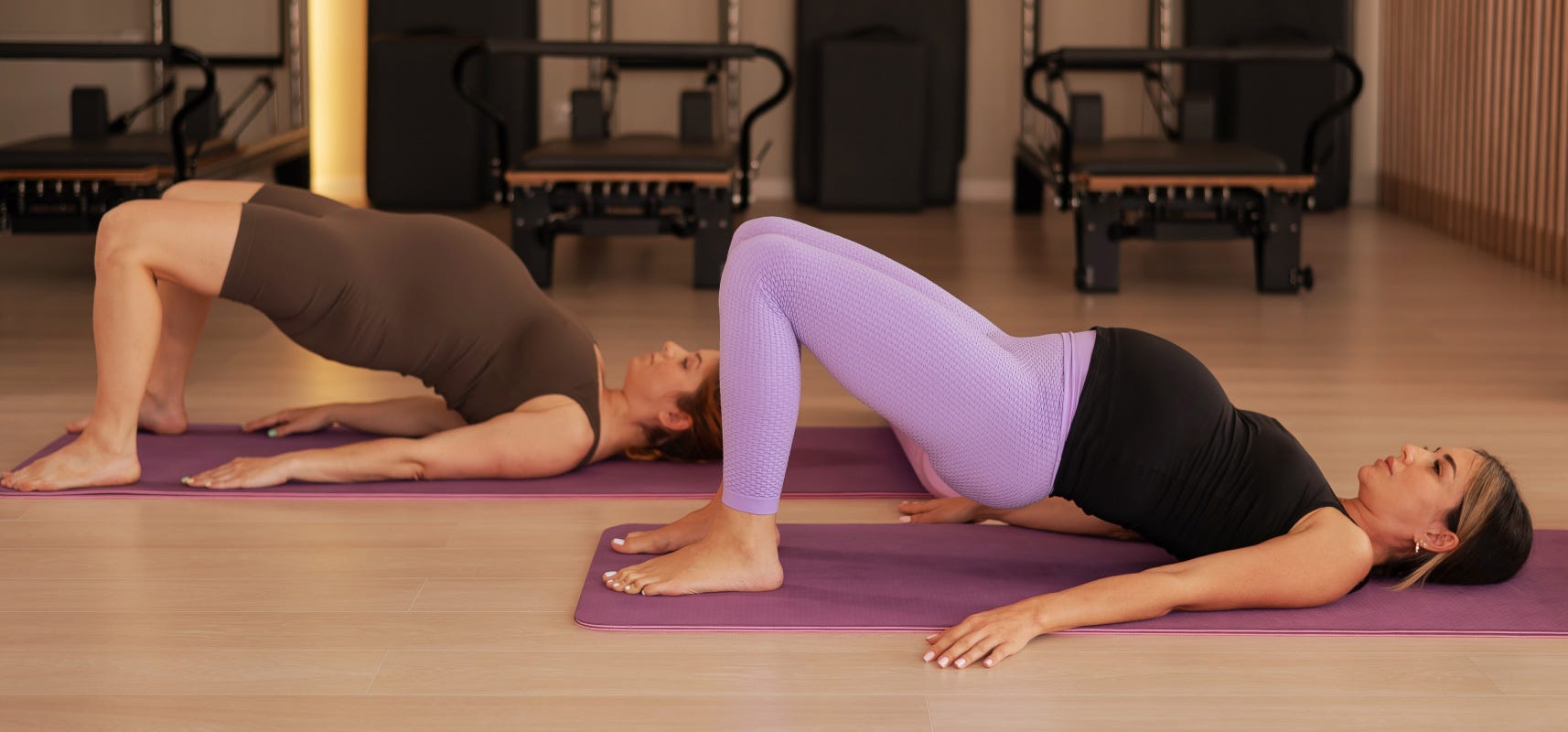

Understanding your pelvic floor is essential for addressing incontinence both during and after pregnancy. In fact, check out this blog we wrote on that very topic: The Ultimate Guide: Pelvic Floor Health!
Think of your pelvic floor as a hammock of muscles supporting your bladder, uterus, and other pelvic organs. These muscles need to be both strong and flexible to function properly. During pregnancy and postpartum recovery, these muscles can become either too weak or too tight, both of which can contribute to bladder control issues.
Pelvic Floor Training
Basic pelvic floor exercises (often called “Kegel exercises”) involve consciously contracting and relaxing your pelvic floor muscles. Kegel exercises can help to improve urinary incontinence and can help to prevent pelvic organ prolapse.
Start by practicing while lying down, which reduces the impact of gravity and makes it easier to isolate the correct muscles. Imagine stopping the flow of urine or holding in gas—these are the muscles you want to target. Hold each contraction for 3-5 seconds, then fully relax for the same duration. As you build strength and awareness, you can gradually increase the duration of holds and add different positions like sitting or standing.
Remember to breathe normally throughout each contraction and relaxation cycle. And be cautious about over-exercising your pelvic floor, as this can lead to muscle tension and potentially worsen symptoms. Kegel exercises are meant to build functional strength and coordination, not to create tension or fatigue.
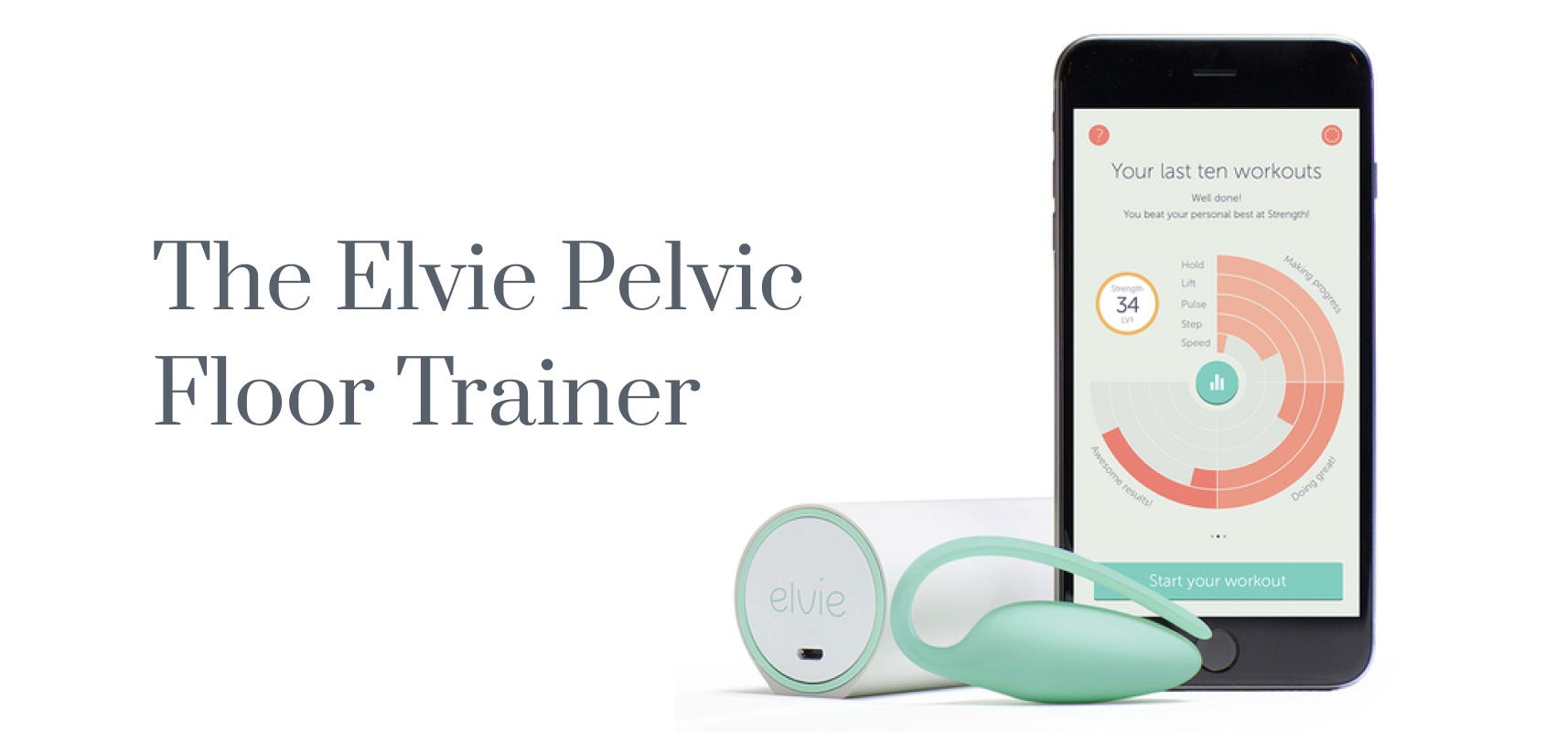

To support your long-term recovery success, consider incorporating tools like the Elvie Pelvic Floor Trainer into your routine. In fact, recommended by over a thousand health professionals worldwide, the award-winning Elvie Pelvic Floor Trainer is one of the best pelvic floor trainers for postpartum recovery!
This innovative device connects to your smartphone and guides you through properly performed Kegel exercises. It uses biofeedback (the gold standard in pelvic floor training) to ensure you're effectively targeting and strengthening your pelvic floor muscles. The Elvie trainer provides real-time feedback and tracking—and it’s safe to use even if you have an IUD!
When to Seek Professional Help


While some degree of urinary incontinence and urgency during pregnancy and postpartum is common, certain symptoms that should prompt a conversation with your healthcare provider. It’s important to seek a professional evaluation with your healthcare provider if you're experiencing:
-
Severe leakage that interferes with daily activities
-
Pain during urination
-
Total loss of bladder control
-
Difficulty completely emptying your bladder
-
Symptoms that don't improve over time
And keep in mind that any sudden changes in bladder control or symptoms accompanied by fever, back pain, or unusual discharge warrant immediate medical attention. Never hesitate to reach out to your healthcare provider with any questions or concerns you may have. Remember, mama, advocating for your health is an important part of caring for yourself and your little one.
While your OB-GYN is often the first point of contact, they might refer you to a urogynecologist (a specialist in female pelvic medicine) or a pelvic floor physical therapist. These specialists have additional training in addressing pregnancy and postpartum-related bladder issues. Pelvic floor physical therapy, in particular, can teach you specialized exercises. Your therapist can also provide manual therapy and biofeedback training to help improve your symptoms.
Regardless, your healthcare provider will work with you to develop a treatment plan that fits your specific needs and lifestyle.
You’re Not Alone, Mama!
Remember, mama, pregnancy and postpartum urinary incontinence is both common and manageable. While it might feel overwhelming at times, you're not alone in this journey, and there are many effective strategies and resources available to help you navigate this challenge. Whether you're just starting to notice symptoms or looking for better bladder training, physical therapy, or other management strategies to prevent incontinence, taking proactive steps toward pelvic floor health can make a significant difference in your quality of life.
Your health and comfort matter, and taking care of yourself is an essential part of taking care of your growing family. With the right support, information, and tools, you can effectively manage incontinence and focus on enjoying this special time with your little one.

